
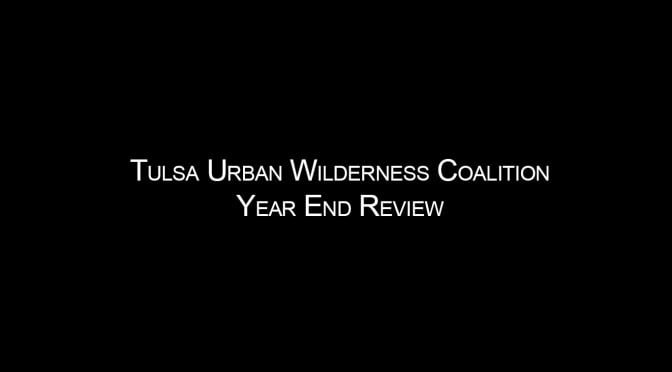
As another year draws to a close it is important to look back at what we have accomplished to better plan our goals for the new year. While we reflected the one thing that stuck with us was how much commitment Tulsa is showing to a renewed sense of community. A deep desire to be outdoors and a measurable value in what we have. Tulsa, again you leave us happy and speechless. Thank you.
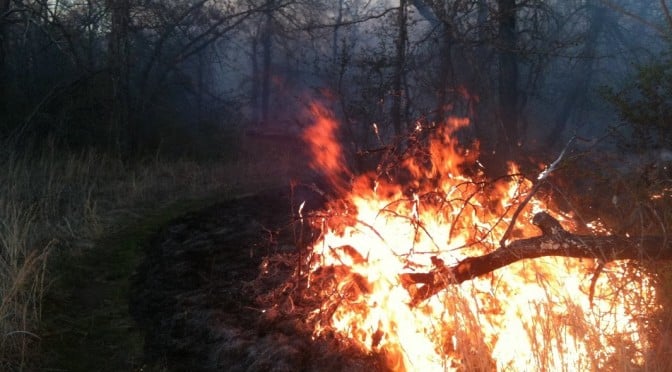
Earlier this week, cold winds whipped a wildfire that burned a large section of Green Mountain, a popular trail running and hiking area near Lakewood, Colorado. Footage of the fire was dramatic, and there were moments when people wondered if nearby homes and apartments would need to be evacuated.
Halfway across the country, in eastern Tennessee, more fires — fueled by a deep and particularly nasty drought — ravaged the wooded hills and mountains of Great Smoky Mountains National Park, eventually surging into the popular tourist down of Gatlinburg. The results, as you may well know, were devastating: Hundreds of structures burned, including many homes and businesses, and eleven people were killed.
Investigators are still examining these fires to determine a cause. But one person, in North Carolina, has been arrested for intentionally setting a wildfire there, and there is some anecdotal evidence that the Green Mountain blaze was started by someone making a fire ring campfire high on the mountain. Officials in Tennessee say the wildfire that devastated Gatlinburg was caused by humans.
We bring this up because as it stands, northeastern Oklahoma is in a drought. There are rains expected to come within the next week, but for 2016, the Tulsa area has received 11 inches below what is normal thus far, fully a third less rain that what we typically see in a year.
It wasn’t that long ago, in 2011, that wildfires scorched a number of acres on Turkey Mountain, and if drought conditions persist, the risk of a repeat of that incident will rise. So here are some things to consider:
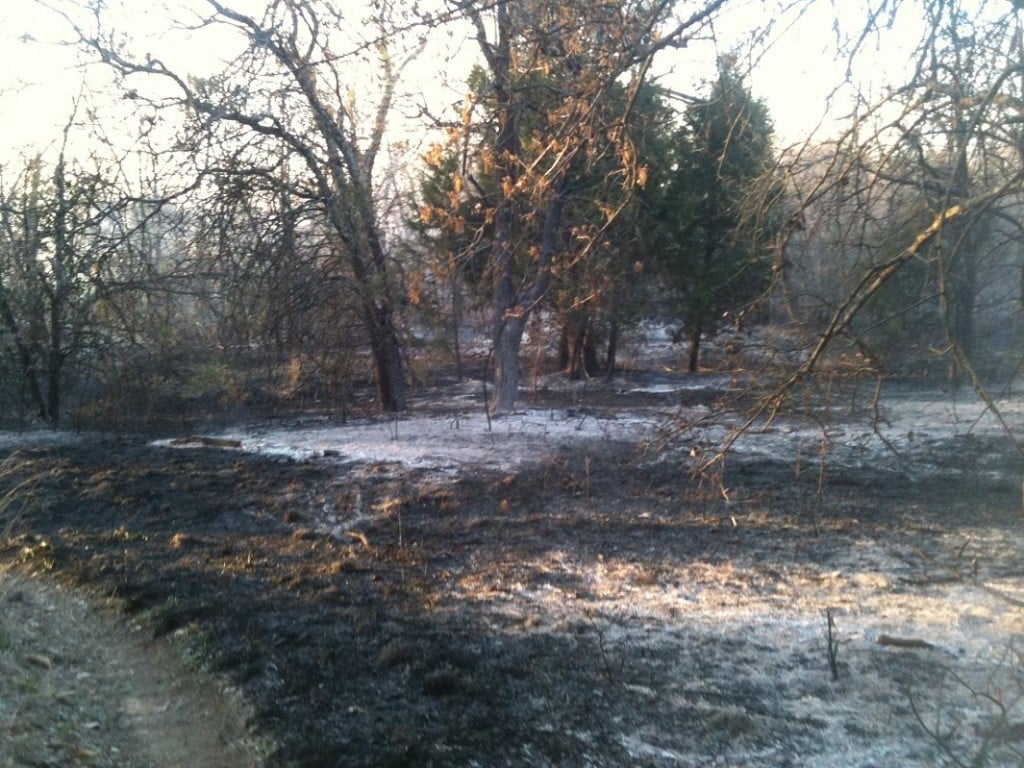
— Campfires or cooking fires are not allowed at Turkey Mountain. It might be tempting to find a quiet corner of the park and roast some marshmallows, but don’t do it. It puts the park at risk and is illegal.
— If you’re a smoker, refrain from doing do at Turkey Mountain. Hot ashes, cigarette butts and discarded matches can easily start a forest fire.
— Motorized vehicles are not allowed on the trails, mostly out of consideration for people on foot or on bikes. But motorized vehicles can also spark fires from the heat generated by engine parts.
— Fireworks are illegal at Turkey Mountain and would be a major risk for wildfires.
— Avoid any other activities that would create sparks.
Many of you likely have noticed the charred trees serving as a reminder on the west side of Turkey Mountain. It’s critical that we take care of the woodlands at Turkey Mountain and other popular wildlands in northeastern Oklahoma. It’s even more urgent during times of drought, when tall grasses have gone dormant and are dry, and when fallen leaves and deadfall wood litters the forest floor. All of this is potential fuel for wildfires, and we certainly do not want to have a Green Mountain or Gatlinburg-type incident to happen here in Tulsa or anywhere else in northern Oklahoma.
We felt the need to mark the passing of a friend today. To echo the words of former Mayor Terry Young
“In 1977, at the urging of Tulsa Tribune editor John Drummond, I initiated the effort to acquire Turkey Mountain to preserve and designate as an urban wilderness park. The effort would not have been successful if it had not been for Chris Delaporte, former state parks director. Chris was serving as President Carter’s head of the Bureau of Outdoor Recreation and approved a federal grant to match our local county money.”
Over the decades Chris has kept a watchful eye on Turkey Mountain from a distance. Each time a threat of development would emerge he would be in contact with friends here in Tulsa helping us to brain storm on the best ways to meet this challenge. Chris has been a long time friend to parks and wild spaces and his voice will be sorely missed.
Chris was the head of Baltimore’s Parks & Recreation department and was a noted and respected advocate for public space and outdoor recreation. He died recently of cancer.
To read more of this native Oklahoman’s life and legacy please visit his obituary in the Baltimore Sun
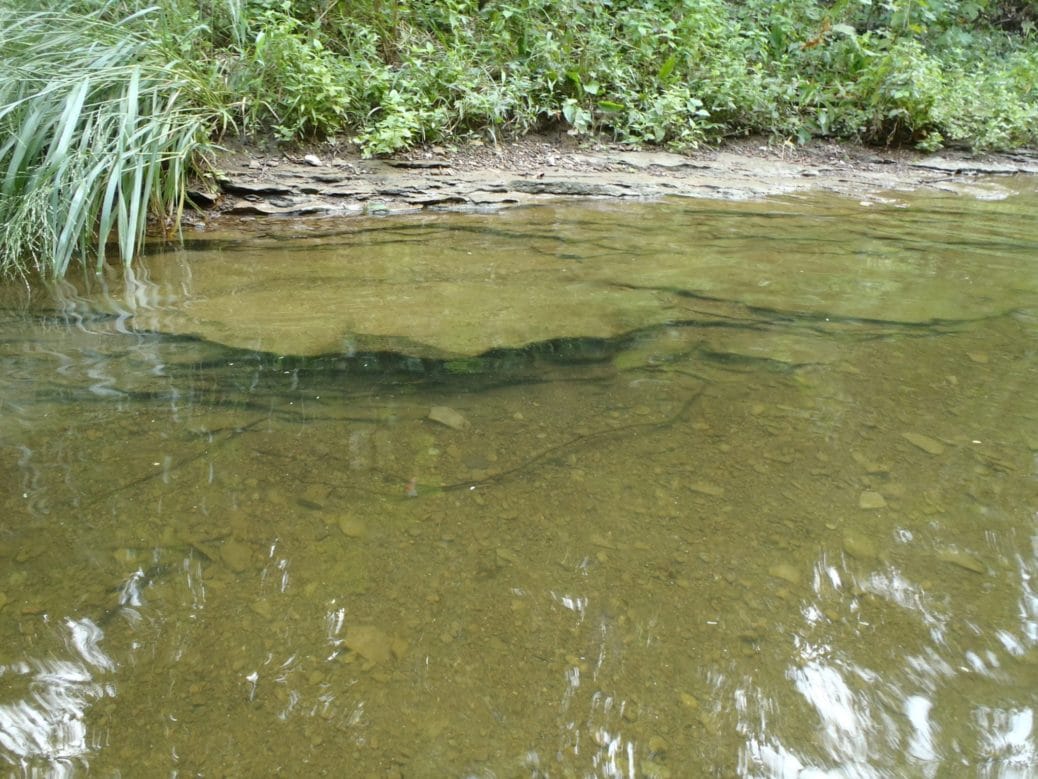
Mooser Creek at the north boundary of Turkey Mountain has been able to remain in reasonably good condition despite encroaching urbanization. How do we know? Mooser Creek is monitored by devoted Blue Thumb volunteers. Several of Turkey Mountain’s trails twist and turn and progress north to tie into areas along the southern bank of Mooser Creek.
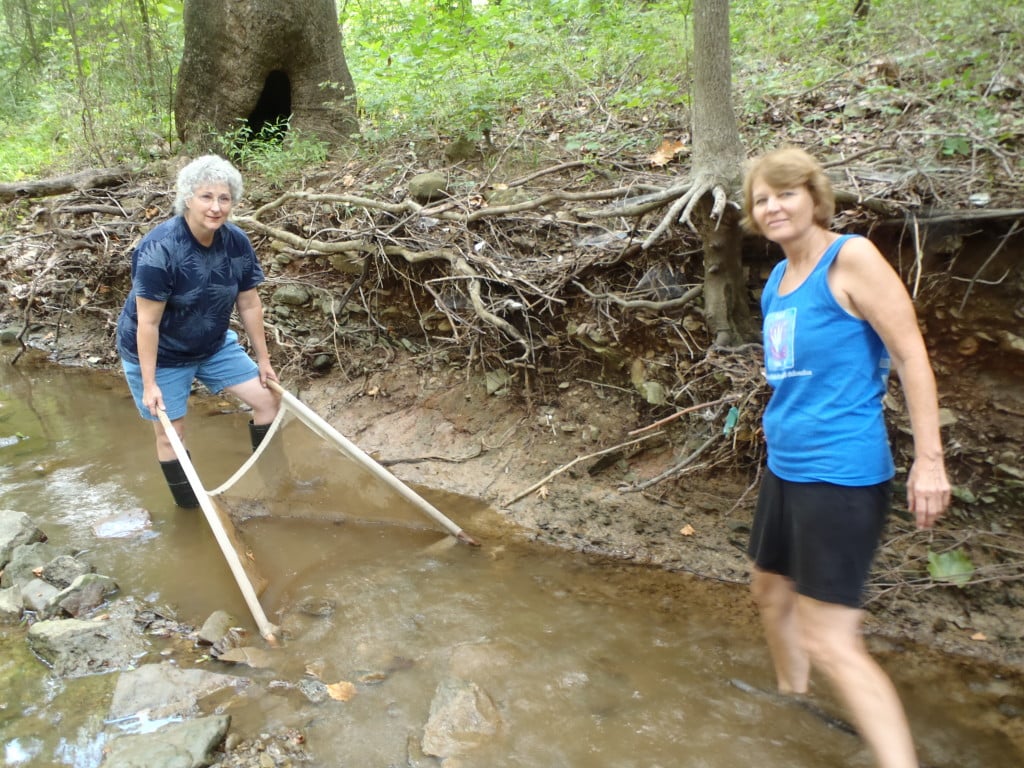
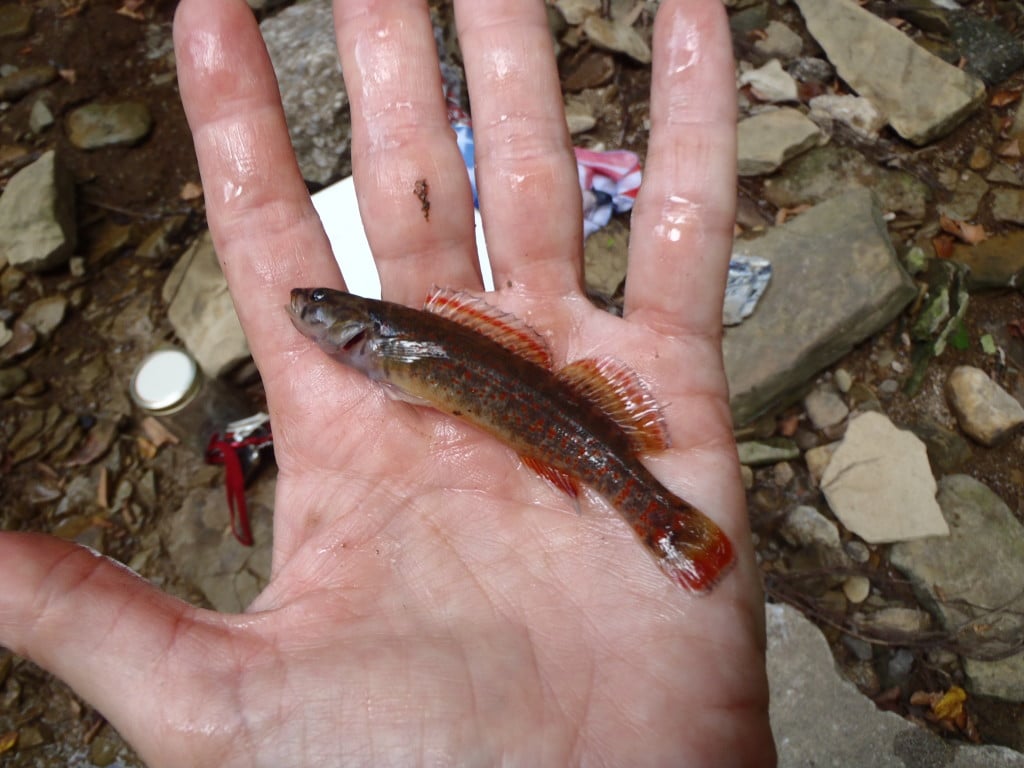
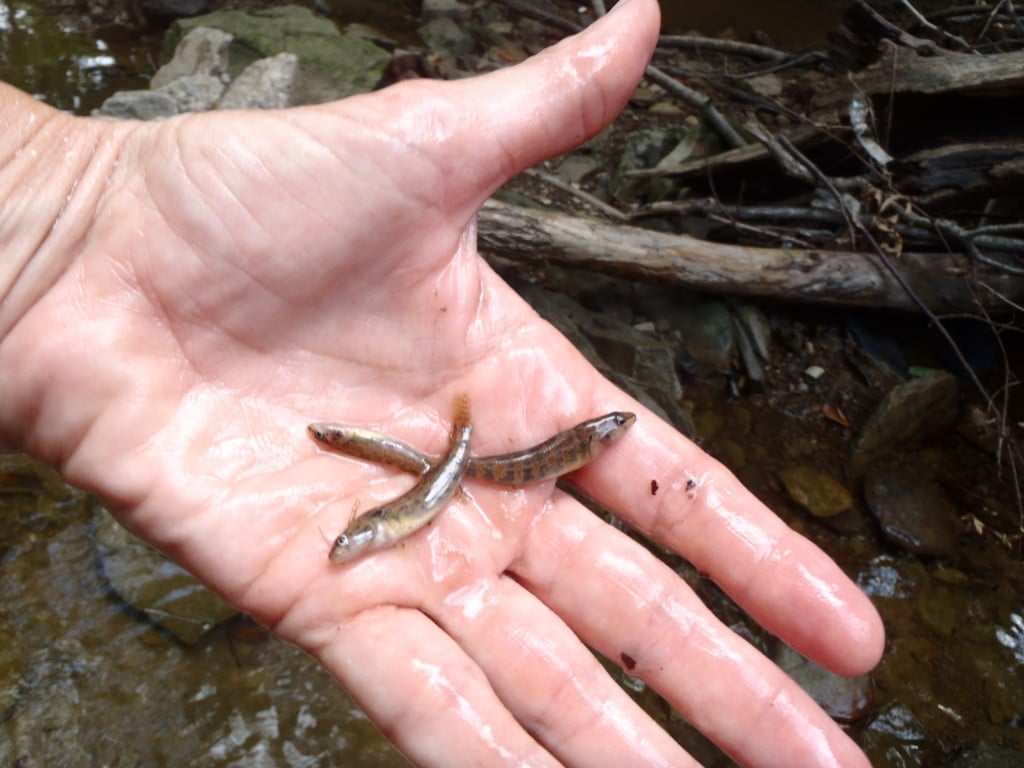
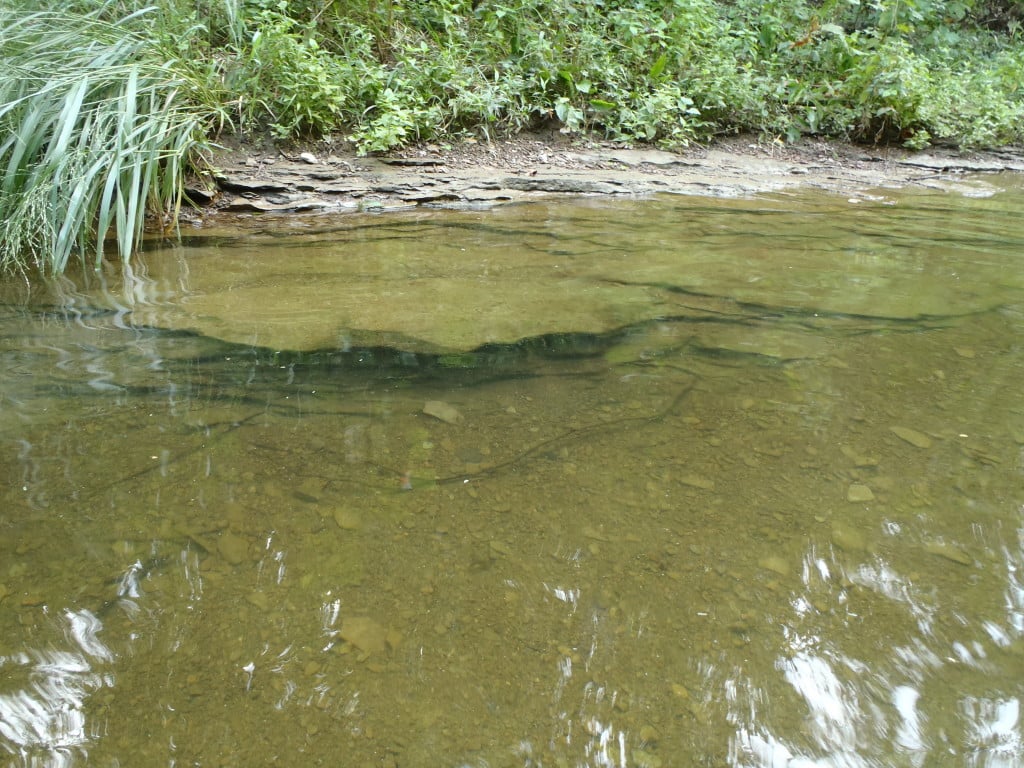
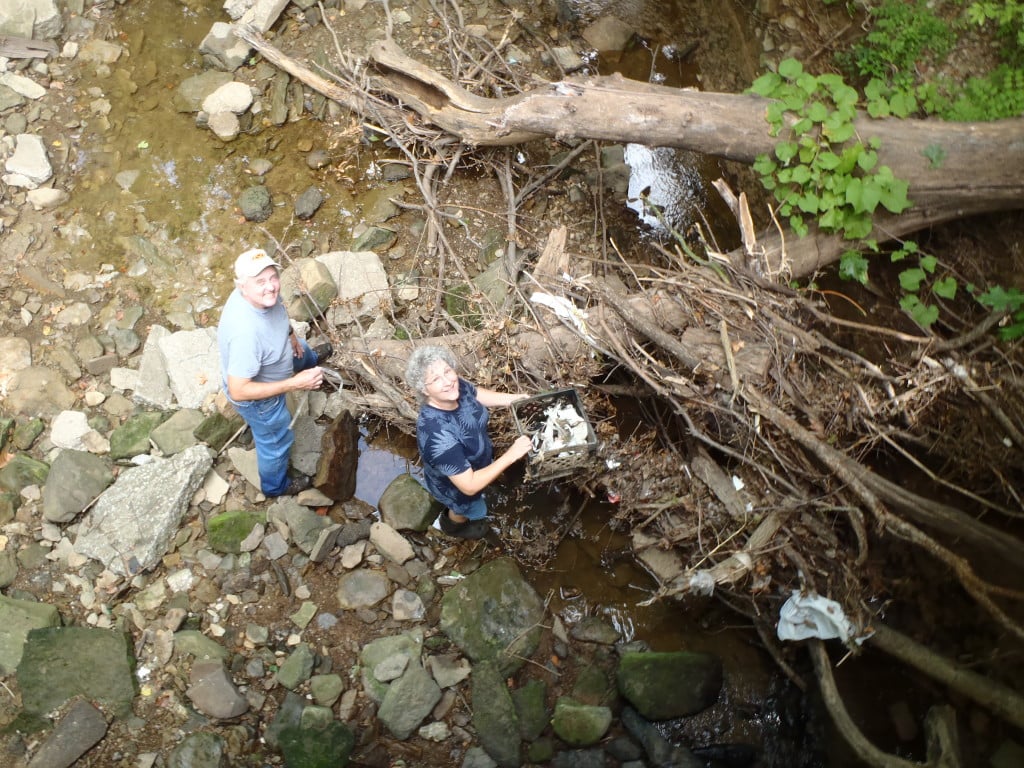
Design & Developed by VW Themes